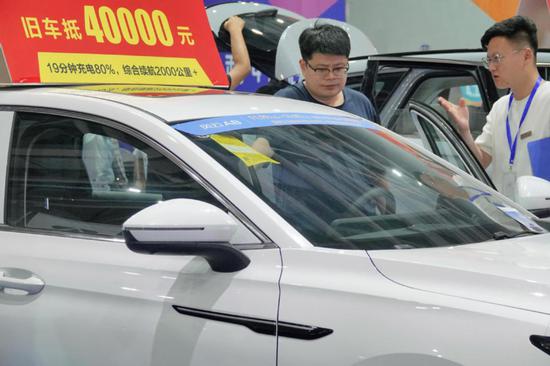
Cars that are part of a vehicle trade-in program are on display at an auto expo in Yantai, Shandong province. (TANG KE/FOR CHINA DAILY)
China's new round of vehicle trade-in program, initiated recently, is part of the country's efforts to further catalyze the consumption of big-ticket items and boost economic growth in the second half, according to officials and experts.
With the augmented support provided through enhanced subsidies and expanded funding, the stage is set for a surge in the adoption of new vehicles, thereby revitalizing the automotive market and delivering direct benefits to the people, they added.
In late April, the Ministry of Commerce and the Ministry of Finance, along with some other departments, issued detailed guidelines to incentivize consumers for replacing old vehicles with new ones.
In a recent development aimed at further amplifying the effectiveness of this policy, the country has decided to allocate funds from ultralong special treasury bonds to bolster support for trade-ins of consumer goods.
The automotive industry is a critical engine driving economic growth, with the production value of automobiles accounting for around 10 percent of the country's gross domestic product and automotive consumption representing a similar proportion of the total retail sales of consumer goods in China, said Zhou Maohua, a researcher at China Everbright Bank.
By maintaining and expanding consumer spending in the automotive sector, the country can harness the power of consumption to stimulate economic growth and achieve the targeted 5 percent GDP growth rate for the year, Zhou added.
Under the new policy, the subsidies for purchasing new energy passenger cars have been raised from 10,000 yuan ($1,404) to 20,000 yuan, while subsidies for purchasing gasoline-powered passenger vehicles have surged from 7,000 yuan to 15,000 yuan, marking an increase of over 100 percent in both categories.
Moreover, the new subsidy standards will be implemented retroactively, allowing consumers who submitted subsidy applications prior to the new policy to benefit from the adjusted subsidy rates. For individuals who have already received subsidies, local authorities will compensate them for the difference based on the new policy standards.
Compared to developed economies in Europe and the Americas, as well as Japan and South Korea, China currently exhibits a longer vehicle replacement cycle and lower per capita car ownership, signaling substantial untapped potential for growth, particularly in the electric vehicle market, said Zhang Xiang, an auto industry researcher at Beijing-based North China University of Technology.
After over three months of implementing the relevant policies, the effectiveness of China's vehicle trade-in program is gradually becoming evident, with a significant surge in subsidy applications, said He Yadong, a spokesman for the Commerce Ministry.
As of Aug 22, the ministry has received over 680,000 subsidy applications for scrapping and replacing vehicles, with about 340,000 new applications submitted in the past month alone, He added.
The surge in subsidy applications bodes well for the auto market in China. Retail sales of passenger vehicles in the first 18 days of August, according to data from the China Passenger Car Association, reached 907,000 units, marking an 8 percent increase year-on-year and 16 percent growth month-on-month.
Notably, the impact of policies supporting new energy vehicles has been particularly pronounced, with retail sales of new energy passenger vehicles surging to 490,000 units during the same period, up 58 percent year-on-year, data from the association showed.
According to Bloomberg New Energy Finance, China's intensified policy is poised to inject fresh momentum into the NEV market, potentially unlocking a market value of $26 billion.
Contrasting with conventional fuel vehicles, this initiative leans heavily toward NEVs, with the allocated funds expected to support a projected increase in sales of 1.1 million NEVs in 2024, further propelling the annual sales of NEVs in China to exceed 10 million units this year, according to Bloomberg.
However, against the backdrop of frequent price adjustments and intense competition in the automotive market, the effect of the trade-in policy has been somewhat diluted, with subsidy amounts being eroded by price wars, leading to a slower release of the policy's intended effect, said Lang Xuehong, deputy secretary-general of the China Automobile Dealers Association.








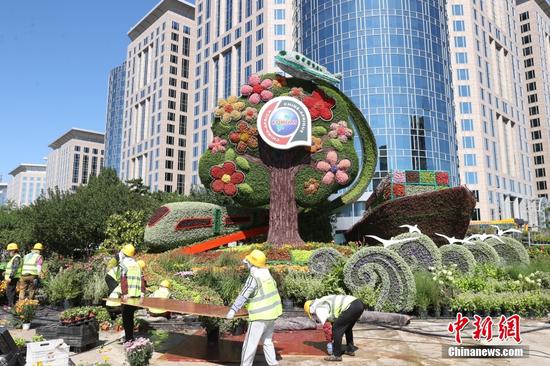
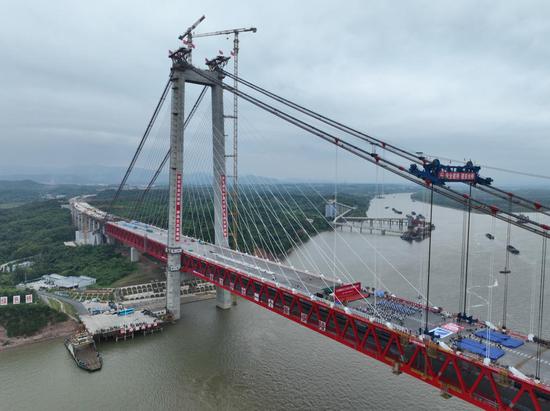

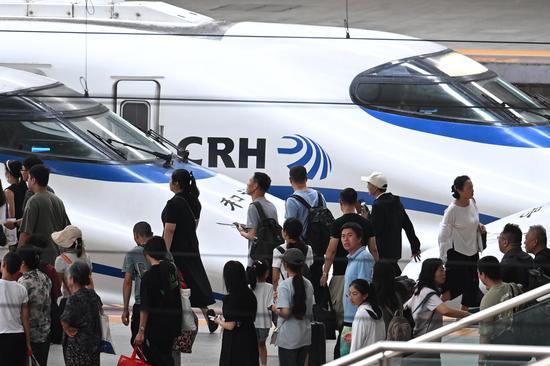


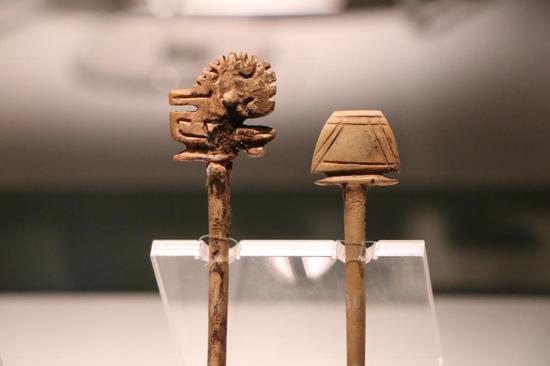












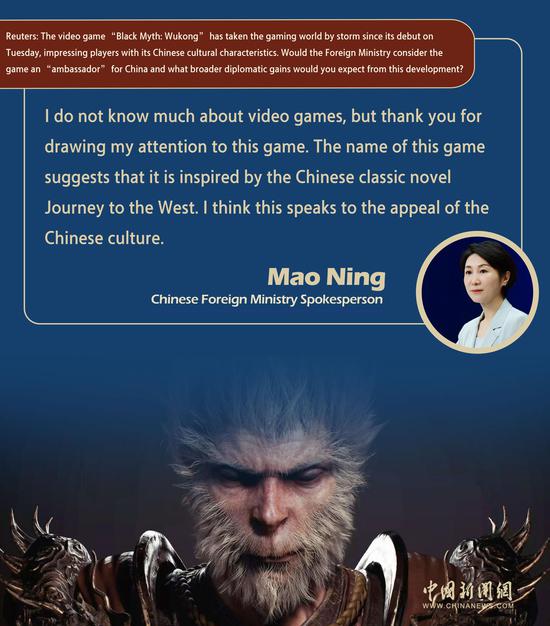
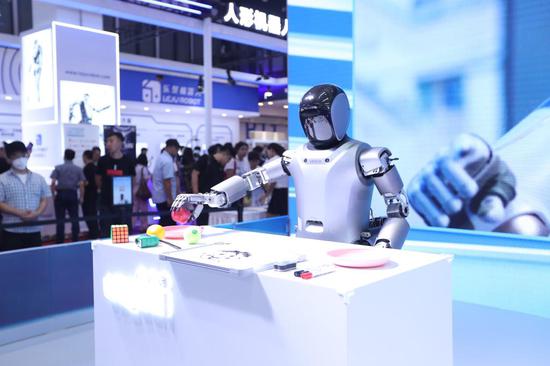


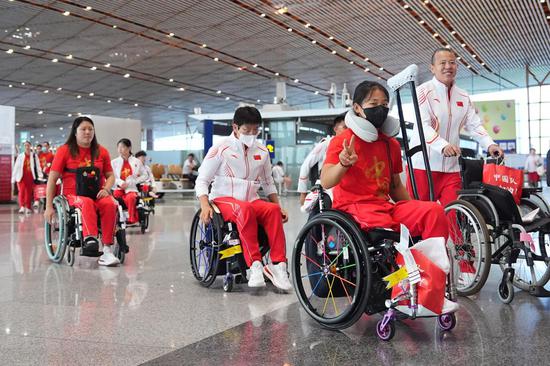
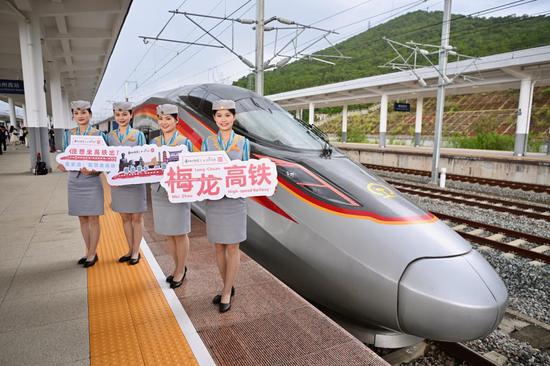
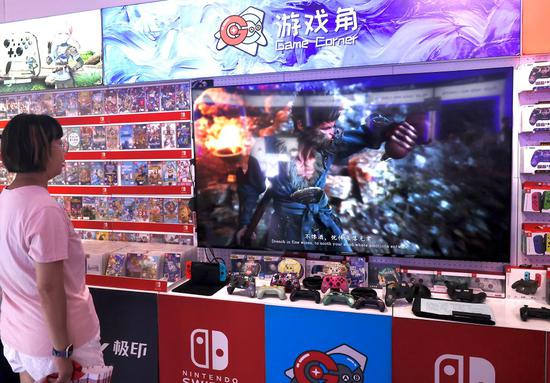



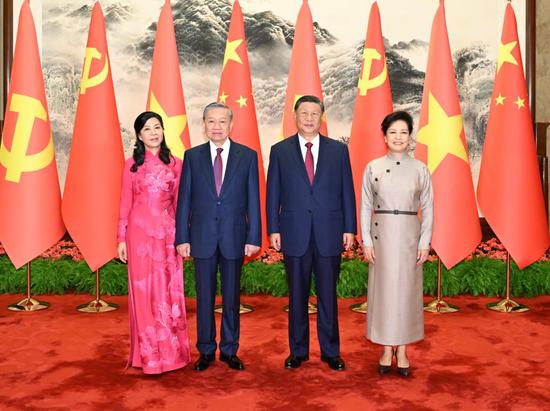
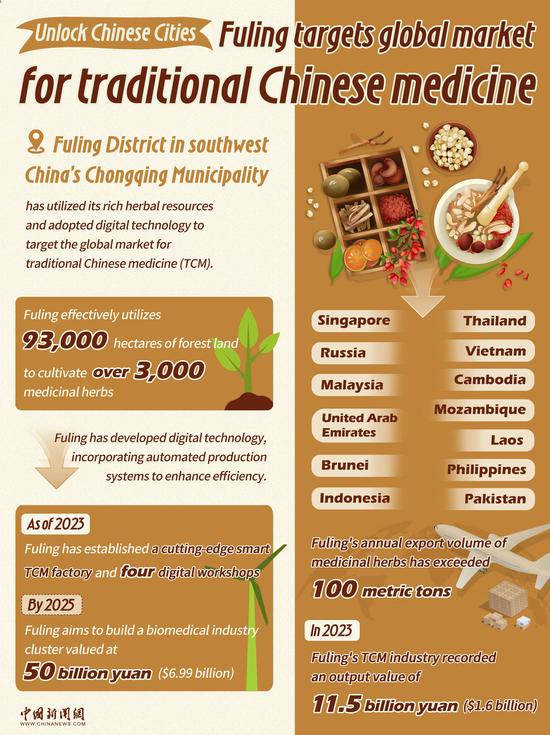
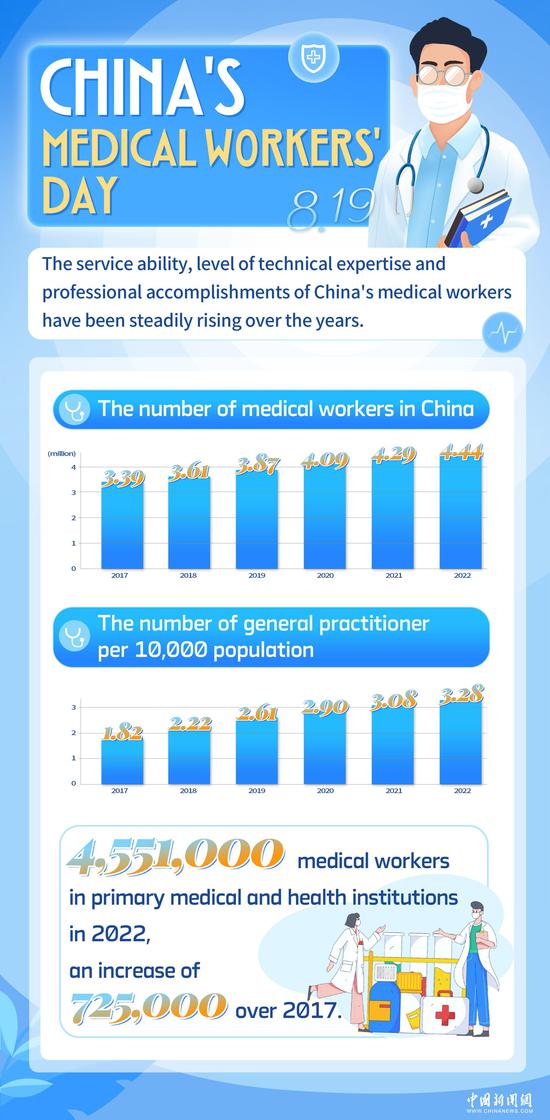



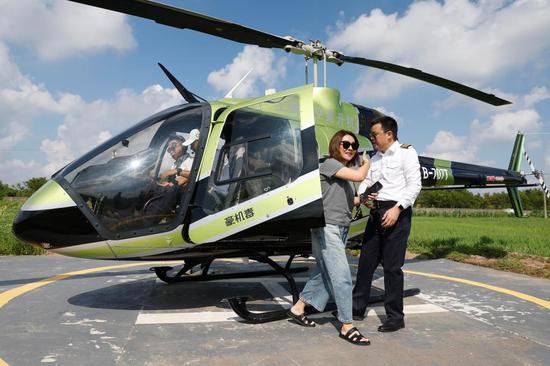


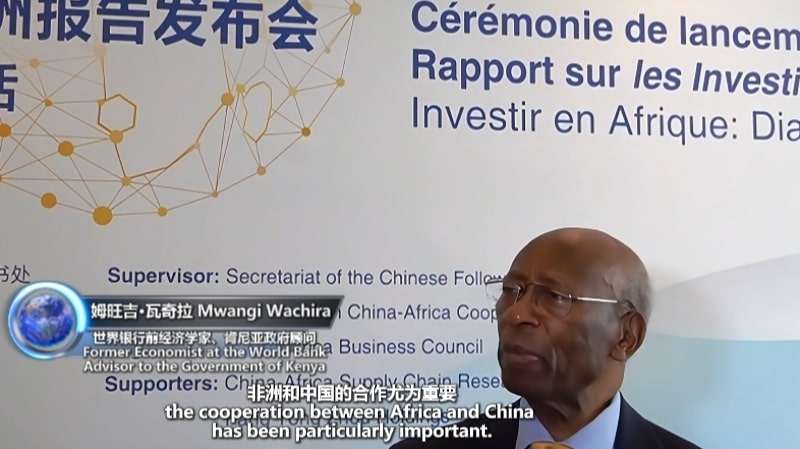

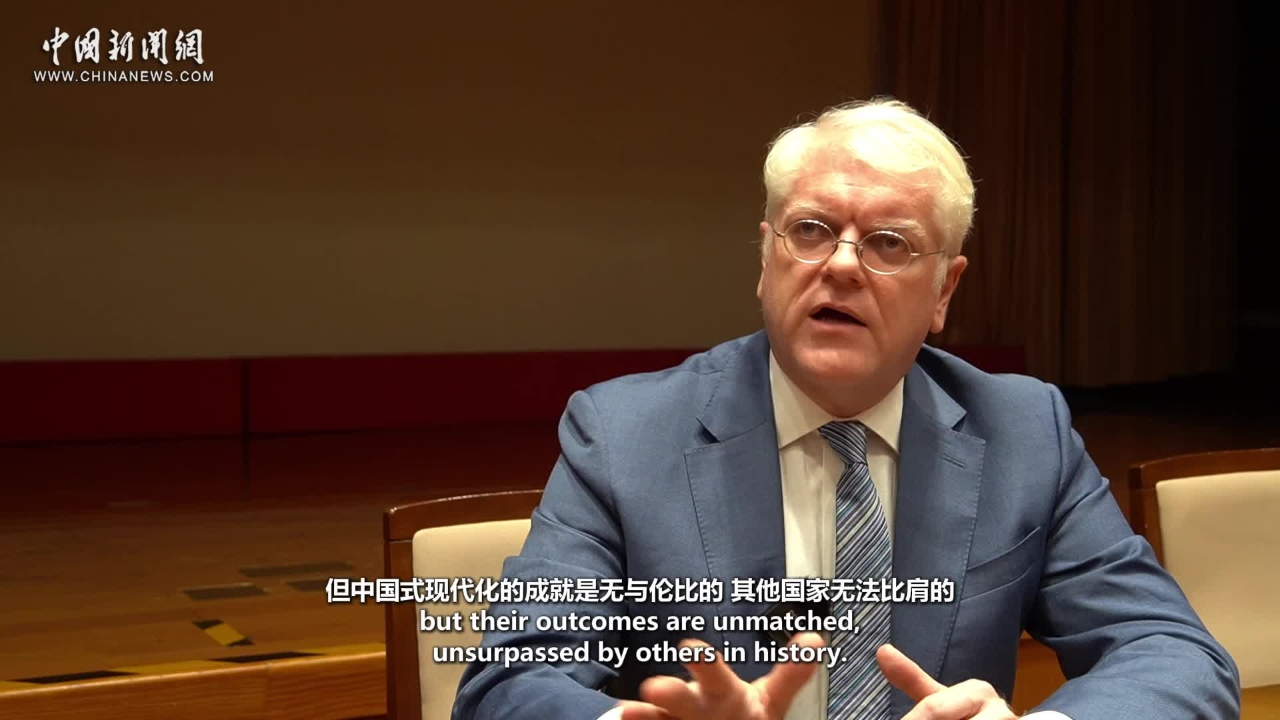

 京公網(wǎng)安備 11010202009201號
京公網(wǎng)安備 11010202009201號